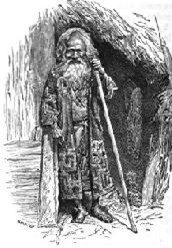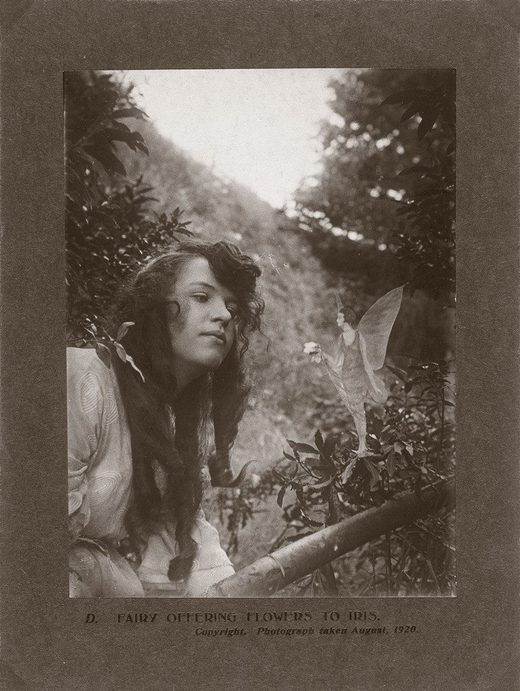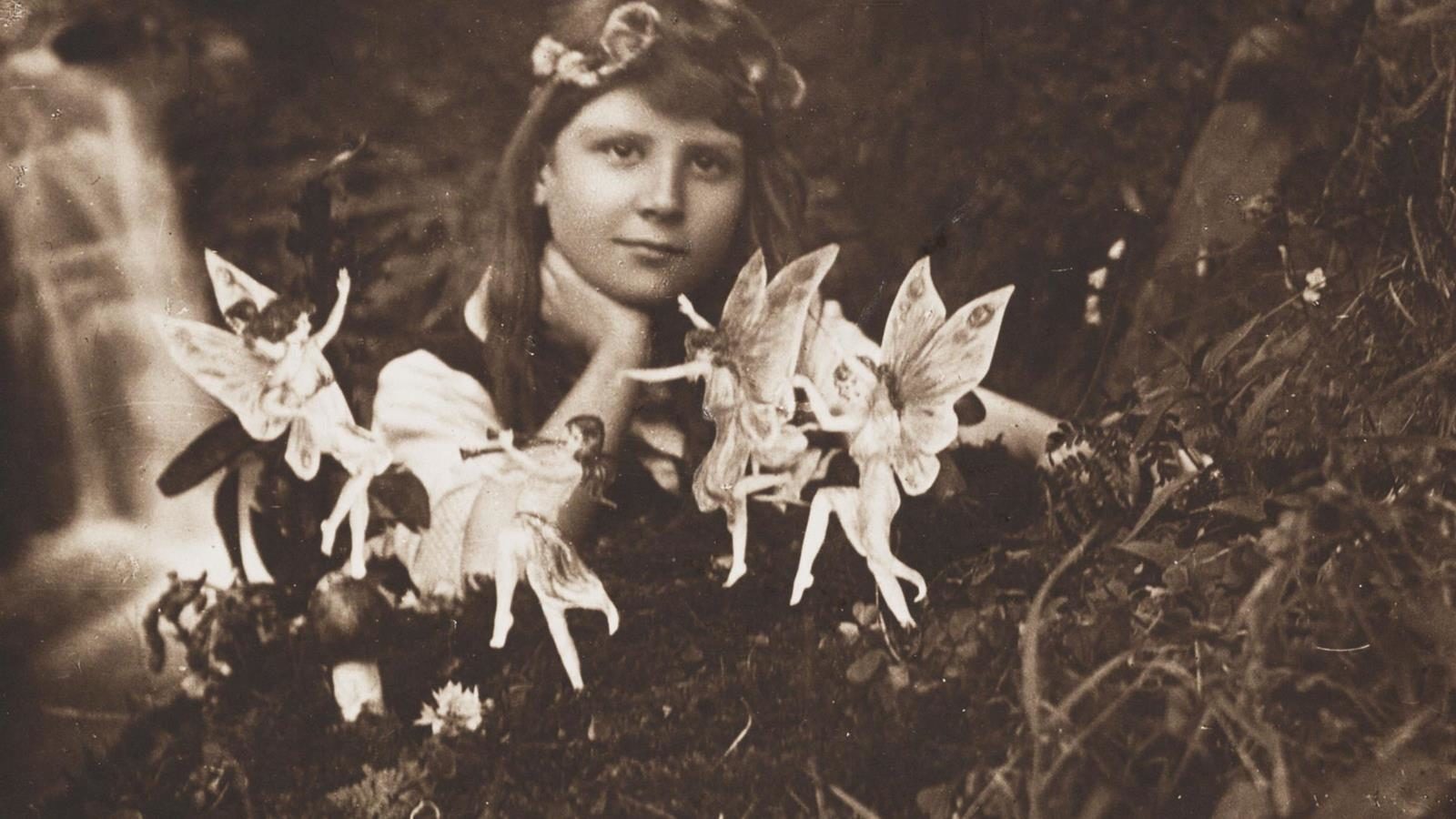But Dr. Robert H. Nassau wanted to set the record straight. An elderly Christian missionary stationed in Libreville, French Congo, in 1901, Nassau, who was spiritual but not superstitious, patiently explained to townsfolk that they had nothing to fear from this mythical race of "little people."
He had no time for such nonsense and always tried to refocus the conversation back toward his brand of Christian scientific rationalism ... that is, until one particularly dark, moonless evening. With the sky covered in thick clouds, Nassau went for a walk and noticed a strange little figure following him. Upon closer inspection, he saw how the figure had strange, long black hair and struggled with a tongueless mouth to respond to his queries. A man of science, the Frenchman chased after the small being in hopes of capturing it for examination. But the only thing he caught, according to his mission log, was a single snippet of strangly, silky hair.
This account is an example of the late-19th and early-20th century's fascination with euhemerism, the attempt to prove the existence of fairies (and other myths) through science and anthropological study. Tales like Nassau's thrilled Victorian and Edwardian audiences, whose interest in mythical people was ignited by a growing sense of nationalism and the rediscovery of Shakespeare, particularly the Bard's enchanting fairy-driven romance, A Midsummer's Night Dream. Nassau's telling reflects an effort to try and reconcile turn-of-the-century fairyphilia with the climate of scientific rationalism that characterized the Industrial Revolution.
Some 19th-century euhemerists like Alfred C. Haddon, George Laurence Gomme and John Stuart Stuart-Glennie argued that fairy tales were creative retellings of racial clashes in Bronze Age Britain. Haddon believed, for example, that fairy tales could be read "as stories told by men of the Iron Age of events which happened to men of the Bronze Age in their conflicts with men of the Neolithic age."

Today, we know MacRitchie's theories were wrong: "Advances in ... archaeology, linguistics, anthropology and so on have since demonstrated that euhemerism might have been intellectually attractive but was not historically true," says Adam Grydehøj, lead editor of Island Studies Journal. We now know that "a race of pygmies did not inhabit Europe prior to the arrival of a hypothesized race of Aryans."
This approach to euhemerism combined Charles Darwin's sensational theory of evolution with folklore, creating a scientific theory of fairies as a forgotten humanoid race. But other euhemerists, like Englishman Robert Southey, linked the fairy myth to St. Patrick's mythical expulsion of Ireland's snakes. The story of St. Patrick is said to be an allegorical retelling of the conversion of the Irish from paganism to Christianity in the fifth century, with the snakes representing Druidic priests who were known to have serpents tattooed on their forearms. So this branch of euhemerism claimed that the Druids, fearing persecution from their Christian conquerors, fled into underground tunnels and established complex underground cities in the foothills of Ireland and Wales. When villagers saw the hiding Druids emerge at night holding torches to forage for food, they made up the myth of "fairy lights" or the "will o' the wisp."

Doyle theorized that fairies existed on a different vibrational spectrum, like X-rays or ultraviolet, and could be seen only by those who could "tune in to" their world. He also guessed that the reason Elsie and Frances' fairies seemed two-dimensional was because fairies were made of pure light and cast no shadow. In reality, the fairies that baffled and enchanted a nation were nothing more than cut-out fairy-tale illustrations propped up by hat pins.
In a world rocked by dizzying techno-scientific discoveries, it seems that euhemerism and other fairy theories were a way for people in the 19th and early-20th centuries to reconnect with simpler times - ones filled with mystery and enchantment.




Comment: Conan Doyle's theories may be much closer to reality: